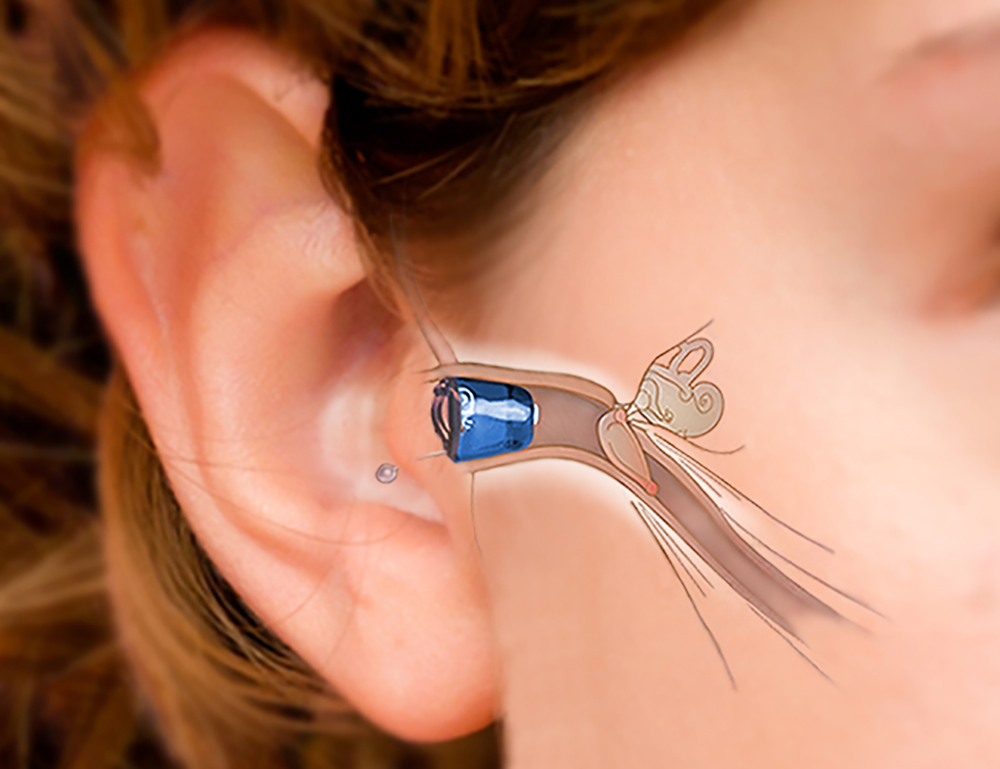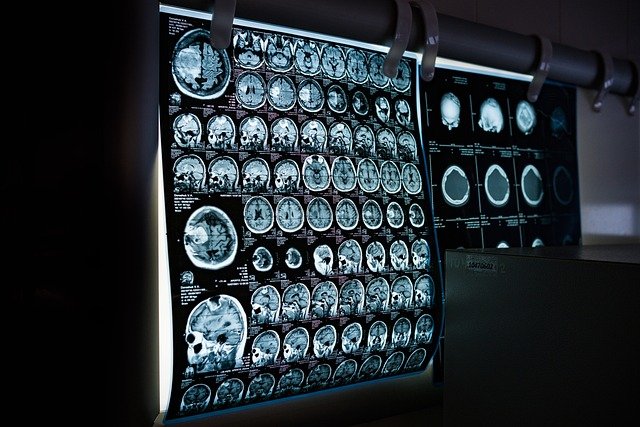Understanding Hearing Aids: Types, Functions, and Selection Guide
Hearing aids are sophisticated electronic devices designed to amplify sound for individuals with hearing loss. These small but powerful instruments can significantly improve communication abilities and quality of life. With various types available, from behind-the-ear models to completely-in-canal designs, understanding how they work and what options exist helps people make informed decisions about their hearing health.

Hearing loss affects millions of people worldwide, making everyday conversations and activities challenging. Modern hearing aid technology has evolved dramatically, offering solutions that are more discreet, powerful, and user-friendly than ever before. These devices serve as essential tools for reconnecting people with the sounds around them, from family conversations to environmental awareness.
What Are Hearing Aids and How Do They Work?
Hearing aids are electronic devices that amplify and process sound to help people with hearing impairments. They consist of three main components: a microphone that picks up sound waves, an amplifier that increases the volume and processes the signal, and a speaker that delivers the enhanced sound into the ear canal. Modern digital hearing aids use sophisticated computer chips to analyze incoming sounds, reduce background noise, and adjust amplification based on the listening environment. This technology allows for automatic adjustments when moving from quiet rooms to noisy restaurants or outdoor settings.
The Difference Between Hearing Aids and Hearing Buds
While both devices aim to improve hearing, hearing aids and hearing buds serve different purposes and populations. Hearing aids are medical devices regulated by the FDA, designed specifically for people with diagnosed hearing loss. They require professional fitting, programming, and ongoing adjustments by audiologists or hearing aid specialists. Hearing buds, also known as personal sound amplification products (PSAPs), are consumer electronics that amplify all sounds equally without sophisticated processing. These devices are intended for people with normal hearing who want to enhance specific sounds, such as bird watching or listening to distant conversations, rather than treating hearing loss.
Why Proper Fitting and Adjustment Matter
Professional fitting and adjustment are crucial for hearing aid success. An audiologist conducts comprehensive hearing tests to determine the specific type and degree of hearing loss, then programs the device accordingly. Proper fitting ensures the hearing aid sits comfortably in or on the ear without causing feedback or discomfort. The adjustment process involves fine-tuning frequency responses, setting appropriate volume levels, and configuring special features like noise reduction or directional microphones. Follow-up appointments allow for refinements based on real-world usage, ensuring optimal performance in various listening situations.
What to Consider Before Choosing Hearing Aids
Several factors influence hearing aid selection beyond the degree of hearing loss. Lifestyle considerations include work environment, social activities, and technology comfort level. Physical factors such as ear canal size, dexterity for handling small devices, and cosmetic preferences affect style choices. Technology features vary widely, from basic amplification to advanced connectivity with smartphones and streaming capabilities. Battery preferences between disposable and rechargeable options, along with maintenance requirements, should align with personal capabilities and preferences.
Possible Costs and Options
Hearing aid costs vary significantly based on technology level, features, and provider. Basic models typically range from $1,000 to $2,500 per device, while premium options with advanced features can cost $3,000 to $6,000 each. Many audiologists offer financing plans or payment options to make devices more accessible. Insurance coverage varies, with some plans covering portions of the cost, particularly for children or specific medical conditions.
| Provider Type | Basic Models | Mid-Range | Premium Features | Additional Services |
|---|---|---|---|---|
| Audiologist Clinics | $1,200-$2,000 | $2,500-$4,000 | $4,500-$6,000 | Comprehensive testing, fitting, follow-up |
| Hearing Aid Centers | $1,000-$1,800 | $2,200-$3,500 | $4,000-$5,500 | Professional fitting, limited testing |
| Online Retailers | $800-$1,500 | $1,800-$2,800 | $3,000-$4,500 | Remote programming, self-fitting tools |
| Big Box Stores | $1,000-$1,600 | $2,000-$3,200 | $3,500-$5,000 | Basic fitting, limited follow-up |
Prices, rates, or cost estimates mentioned in this article are based on the latest available information but may change over time. Independent research is advised before making financial decisions.
The hearing aid selection process requires patience and realistic expectations. Most people need an adjustment period of several weeks to months as their brain adapts to processed sounds. Working closely with hearing healthcare professionals ensures the best possible outcomes and long-term satisfaction with these life-changing devices.
This article is for informational purposes only and should not be considered medical advice. Please consult a qualified healthcare professional for personalized guidance and treatment.




